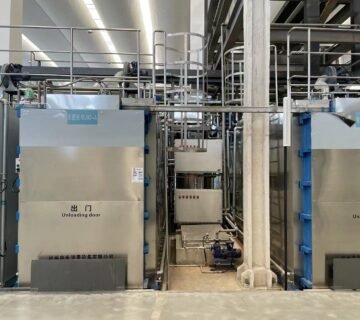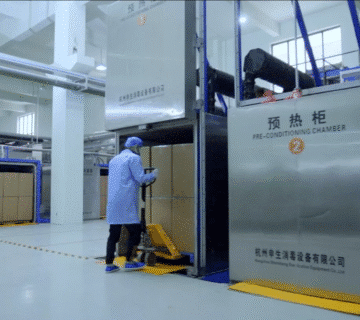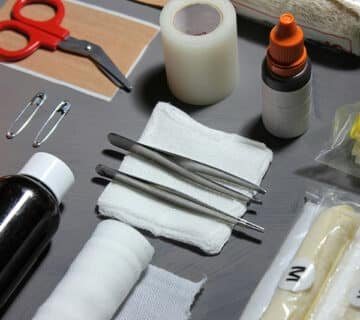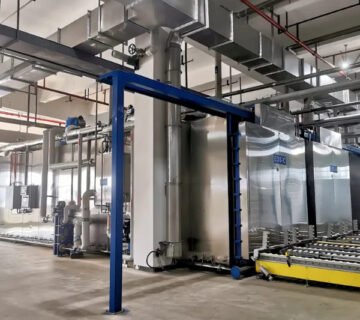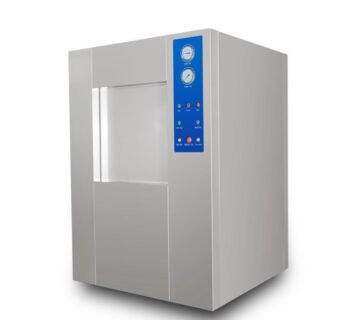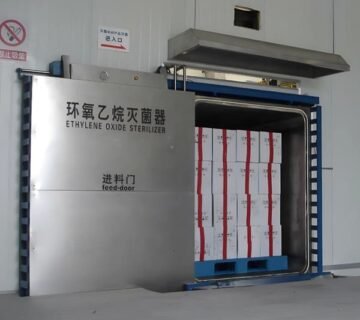Application and Selection Guide of ETO Sterilizer in Medical Consumables Sterilization
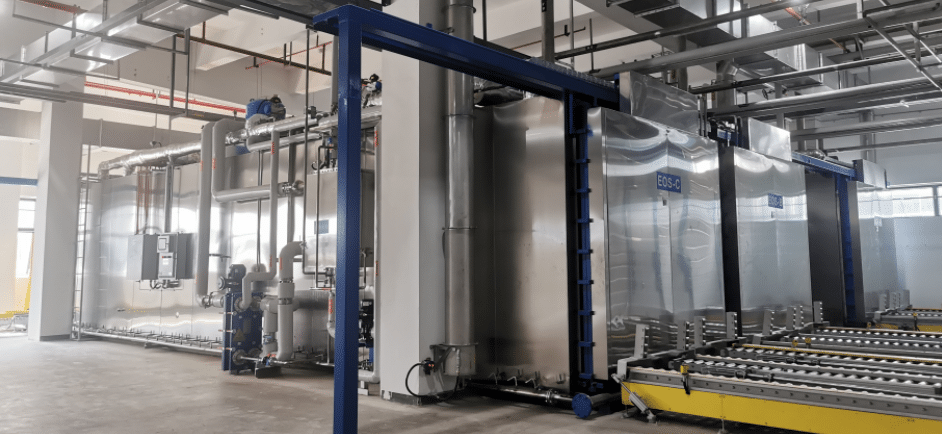
Principles and characteristics of ethylene oxide sterilization
ETO sterilizer adopts the ethylene oxide gas as sterilization medium, which is a broad-spectrum sterilizing agent that destroys microbial proteins and nucleic acids through alkylation. Specifically, ethylene oxide can react with thiol groups (- SH), amino groups (- NH2), hydroxyl groups (- OH), and carboxyl groups (- COOH) on protein molecules, as well as amino groups (- NH -) on nucleic acid molecules, rendering these important functional groups inactive and hindering normal metabolism and reproduction of microorganisms, ultimately leading to microbial death.
This sterilization method has several significant characteristics:
1, Low temperature sterilization: The working temperature is between 37-60 ℃, especially suitable for medical consumables that are not resistant to high temperatures
2, Strong penetration ability: able to penetrate various packaging materials and effectively sterilize complex structural items (such as the interior of the tube)
Broad spectrum sterilization: can kill all microorganisms including bacterial spores
3, Good material compatibility: will not cause plastic, metal, and rubber to turn yellow or brittle
Application of Ethylene Oxide in Various Medical Consumables
1, Sterilization of surgical gowns
Surgical gowns are usually made of non-woven fabric or composite materials, which are prone to deformation or damage at high temperatures. Ethylene oxide can thoroughly sterilize surgical gowns at low temperatures while maintaining the integrity and protective properties of the material. The sterilized surgical gown can maintain its packaging state to ensure sterility before use.
2, Sterilization of infusion tubes
The infusion tube has a slender lumen structure, and traditional sterilization methods are difficult to penetrate deep into the lumen. Ethylene oxide gas can easily penetrate these complex structures and fully sterilize the entire infusion tube, including plastic droppers and catheter parts, ensuring that infection is not caused by microbial contamination during infusion.
3, Sterilization of surgical equipment
Many surgical instruments contain precision electronic components or complex mechanical structures, such as drills, electrocauters, endoscopes, etc. Ethylene oxide sterilization can effectively sterilize equipment without damaging these precision components. Specially suitable for sterilization treatment of hard endoscopes such as arthroscopy and laparoscopy.
Selection of sterilizers from manufacturers of different production scales
A, Small medical manufacturers
Small manufacturers usually have limited production capacity and are suitable for choosing desktop or small floor standing ETO sterilizer with a capacity of 80-330 liters. This type of equipment is relatively easy to operate, occupies a small area, and can meet basic sterilization needs. For example, FANYU INDUSTRIAL’s ETO series has small models such as 100 liters and 300 liters.
Key points for selection:
Capacity: 80-330 liters
Automation level: moderate
Security Performance: Basic Protection
Price: relatively low
Medium sized medical manufacturer
B, Medium sized manufacturers
need to handle large quantities of items and are suitable for choosing medium-sized ETO sterilizer with a capacity of 1m3-10m3. This type of equipment has a high degree of automation and can accurately control sterilization parameters (concentration 800-1000mg/L, temperature 55-60 ℃, humidity 60-80%).
Key points for selection:
Capacity: 1m3-10m3
Automation level: high
Security performance: perfect
Processing capability: Medium batch size
Large medical manufacturers
C, Large manufacturers
typically require industrial grade sterilization equipment to handle large quantities of items. This type of equipment has a large capacity (over 10 cubic meters), a high degree of automation, and some are equipped with online monitoring systems. For example, the FANYU INDUSTRIAL-10 cubic EtO sterilizer uses negative pressure sterilization technology to ensure safety throughout the entire process.
Key points for selection:
Capacity: Over 10 cubic meters
Automation level: extremely high
Security performance: comprehensive
Processing capability: Large batch
When making a choice, one should also consider:
Does the equipment comply with relevant safety certifications (such as ATEX)
After sales service and technical support provided by the manufacturer
Energy consumption and operating costs of equipment
Summary and Recommendations
Ethylene oxide sterilization has become an important method for sterilizing medical consumables due to its low temperature and high efficiency. When choosing an ETO sterilizer, manufacturers should consider their own production scale, product type, and sterilization needs comprehensively:
Evaluate production volume: Small manufacturers choose equipment with a capacity of 80-330 liters, medium manufacturers choose equipment with a capacity of 1m3-10m3, and large manufacturers require industrial grade equipment with a capacity of over 10 cubic meters
Considering product characteristics: Complex structured products require the selection of equipment with strong penetration power
Pay attention to safety: ensure that the equipment has complete safety protection measures
Pay attention to after-sales service: choose a brand with good technical support
With the development of the medical industry, ETO sterilization technology is also constantly advancing and will become more intelligent, safe, and efficient in the future. Manufacturers should also consider technological updates and iterations when selecting equipment, leaving room for future development.







